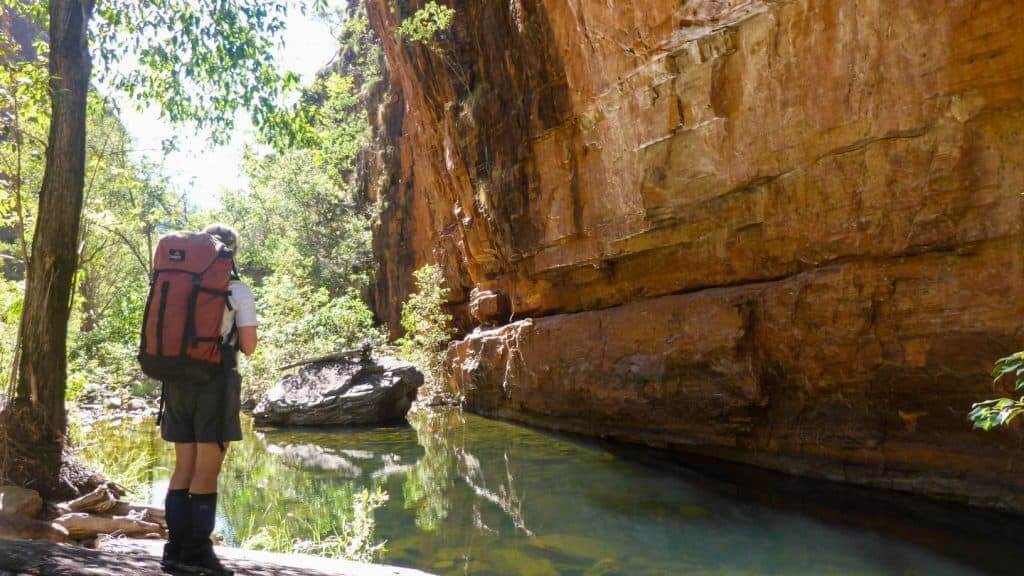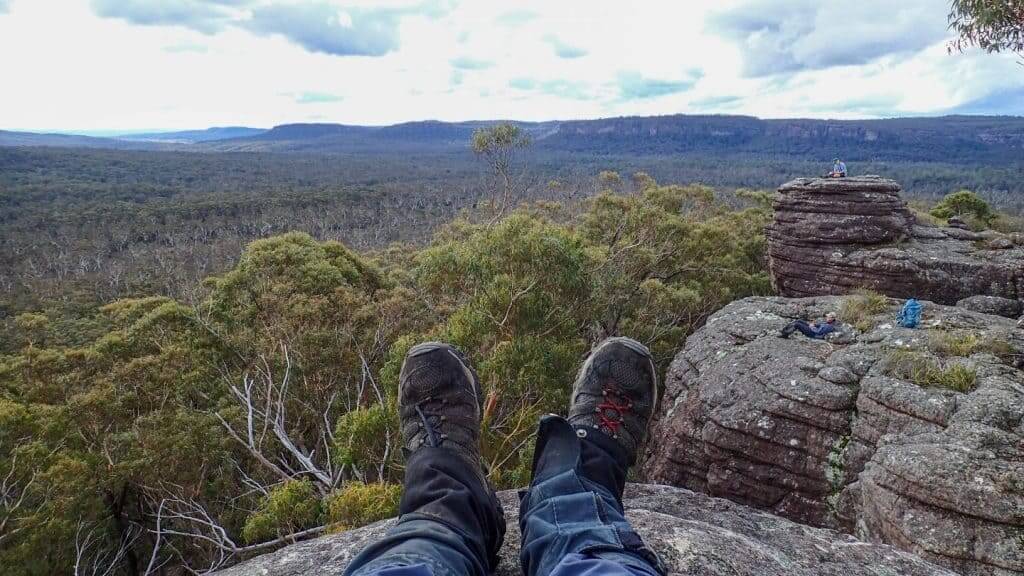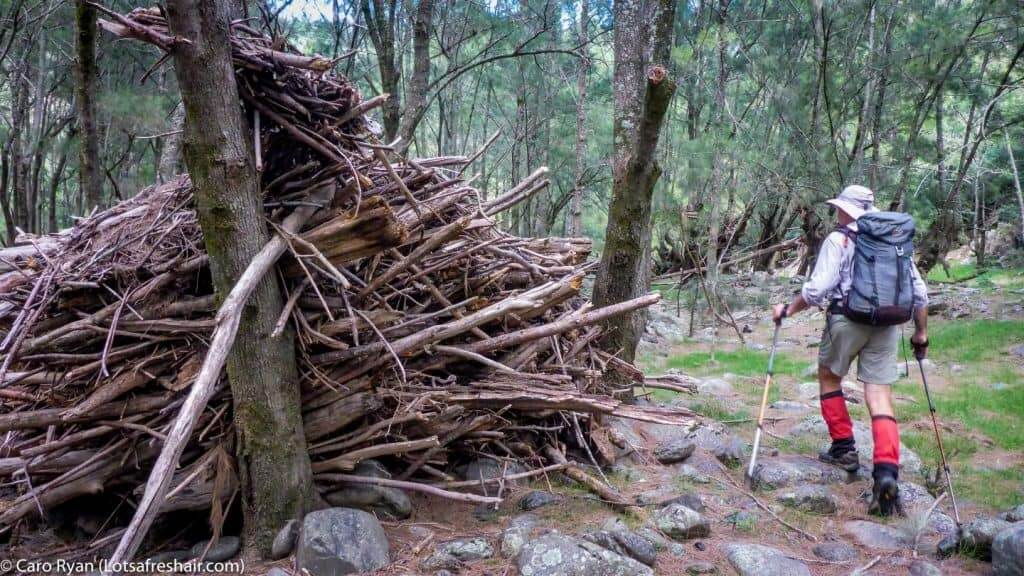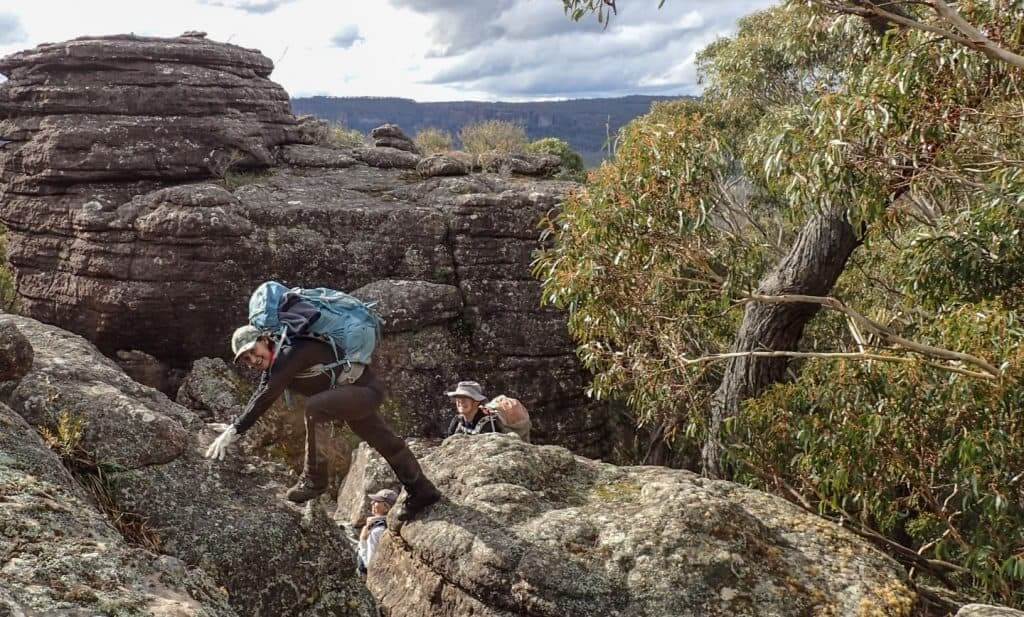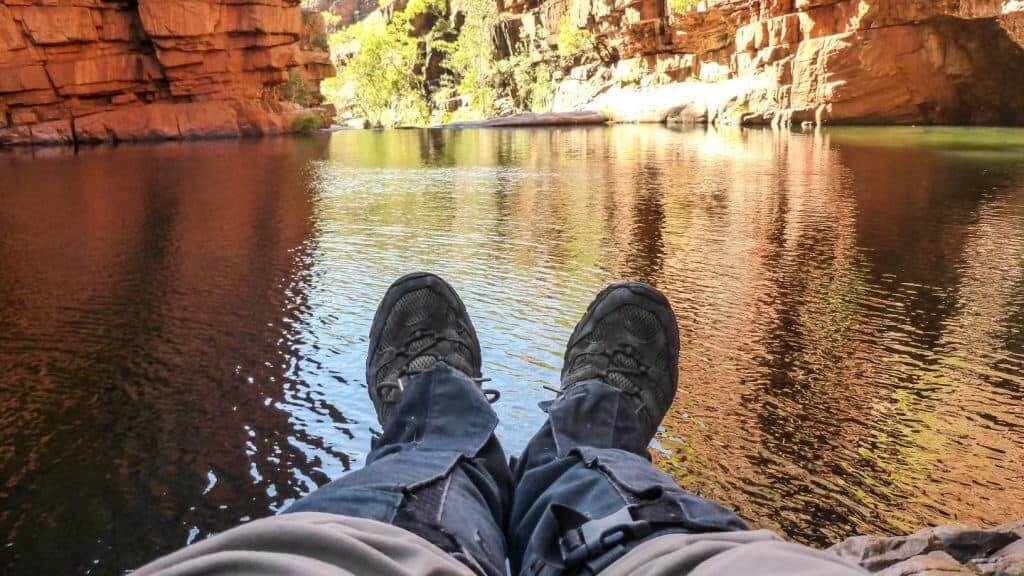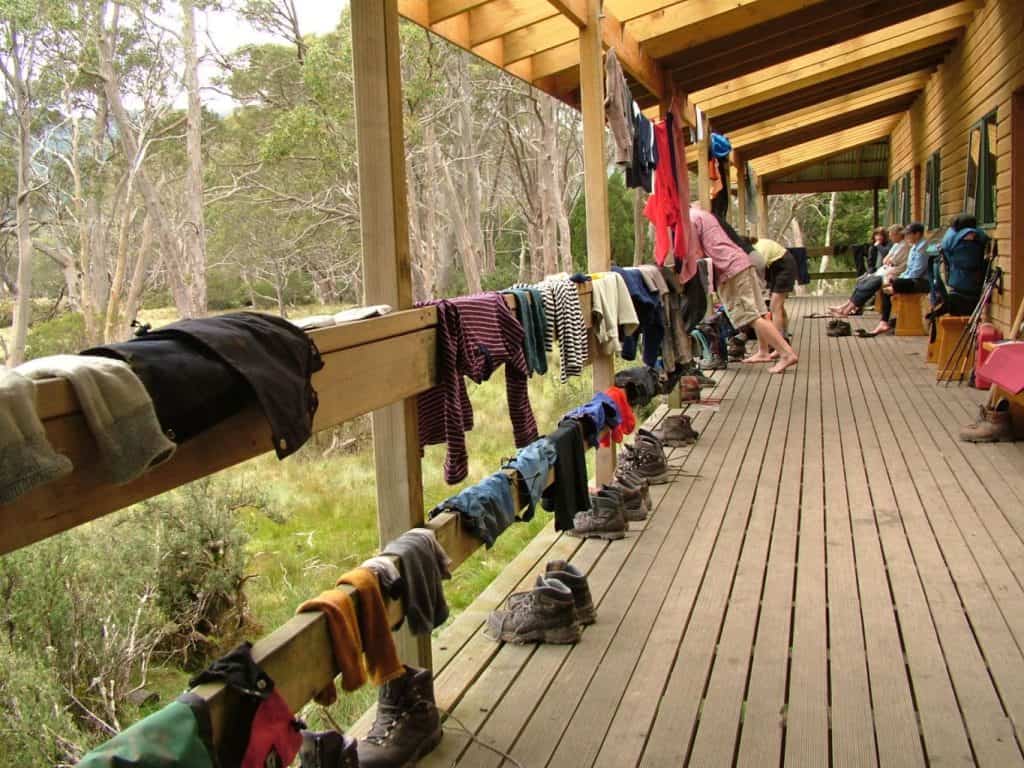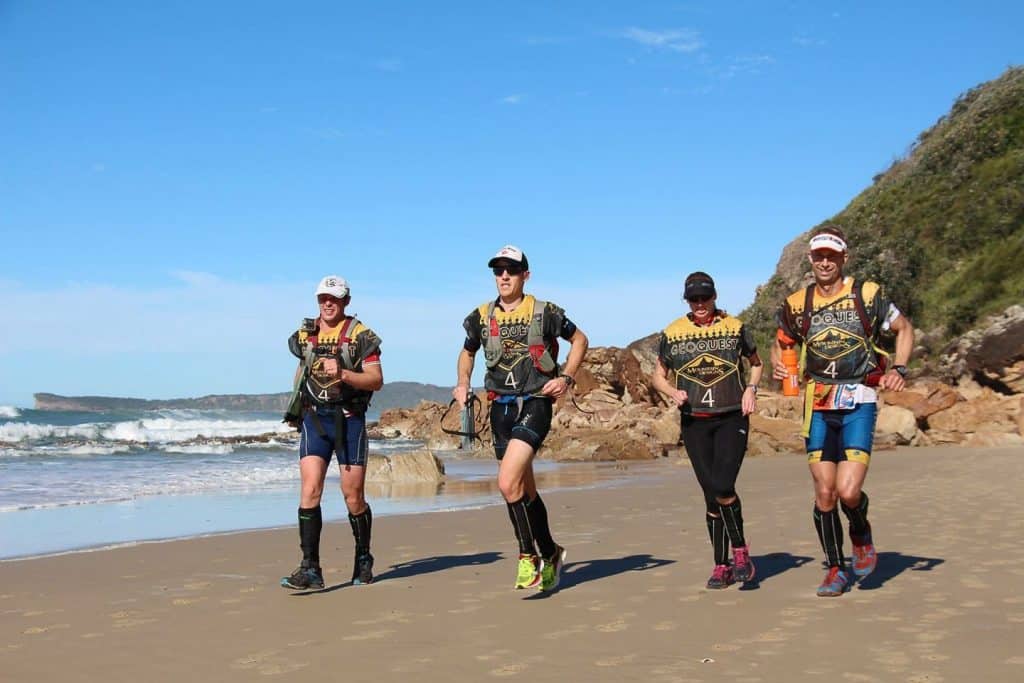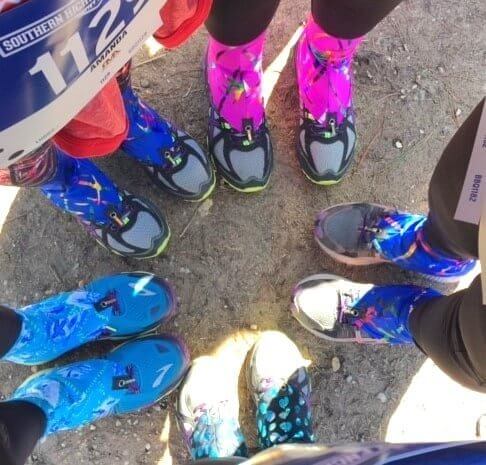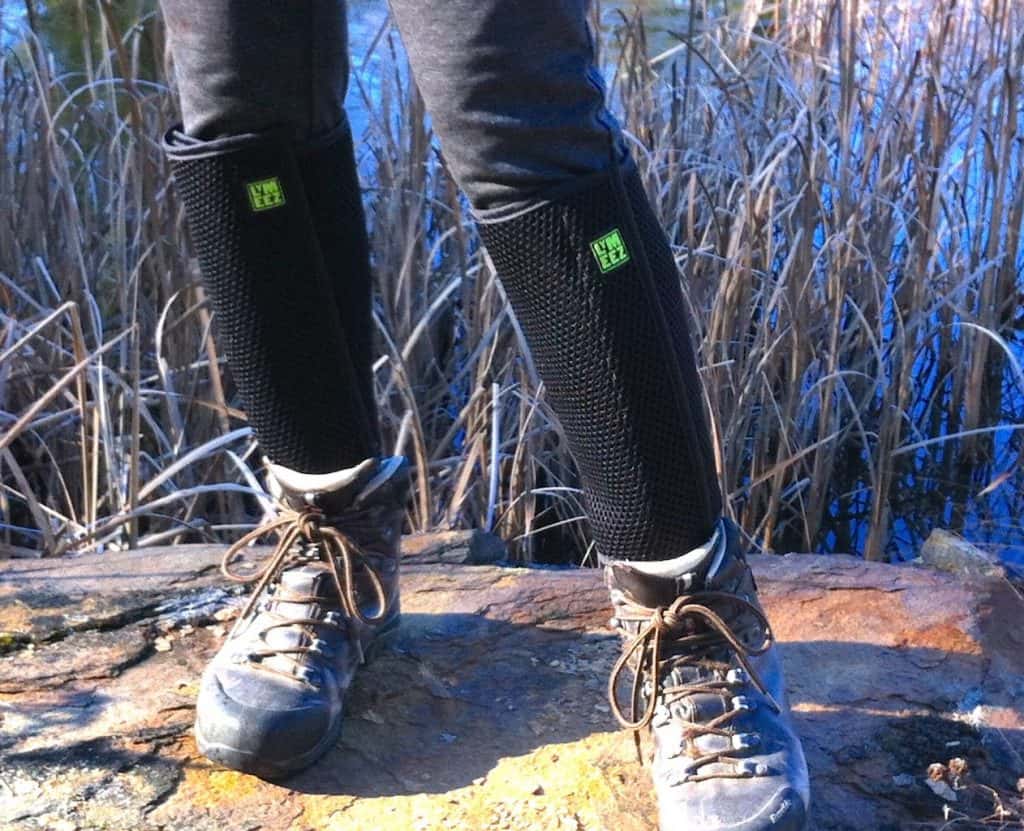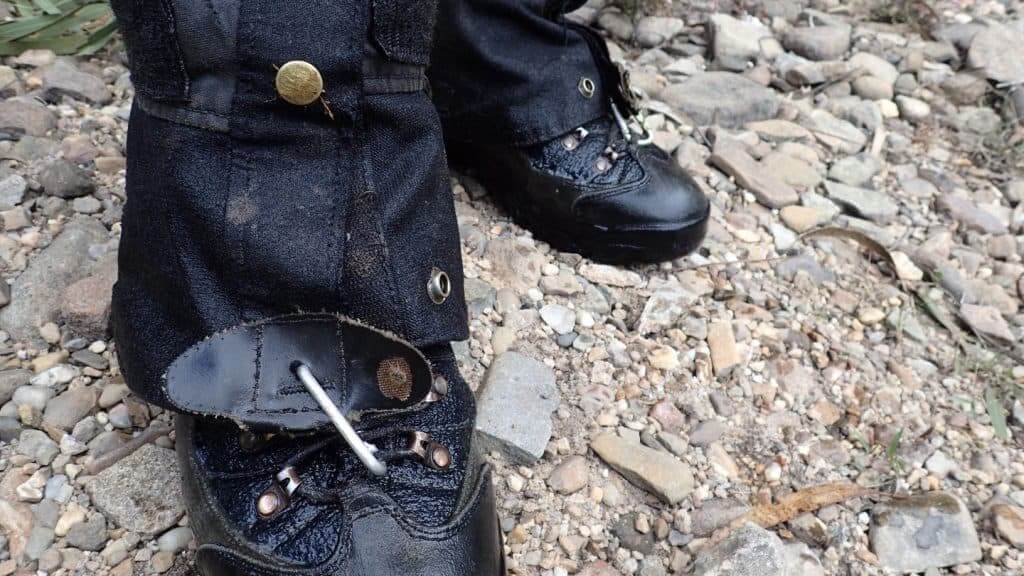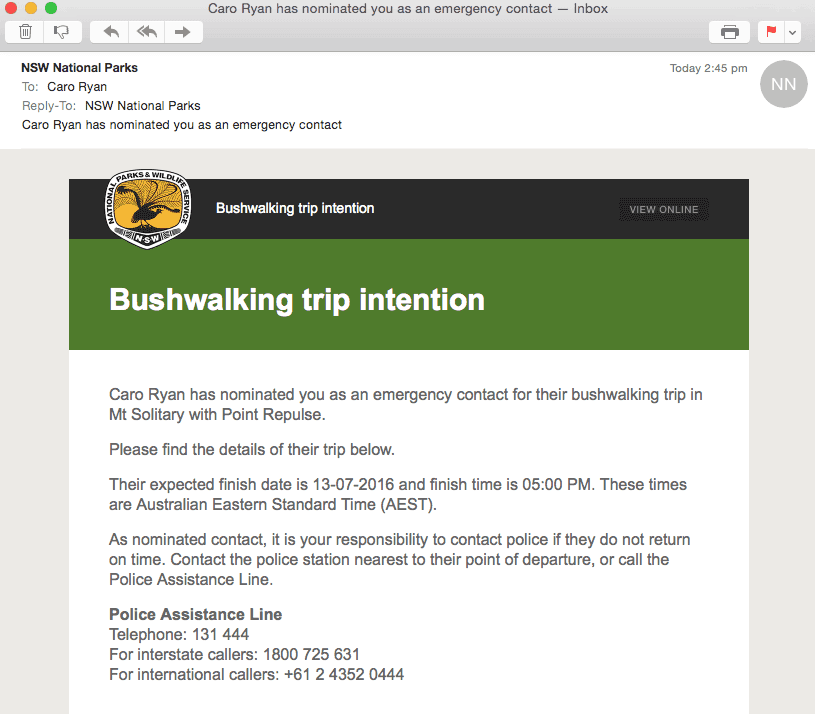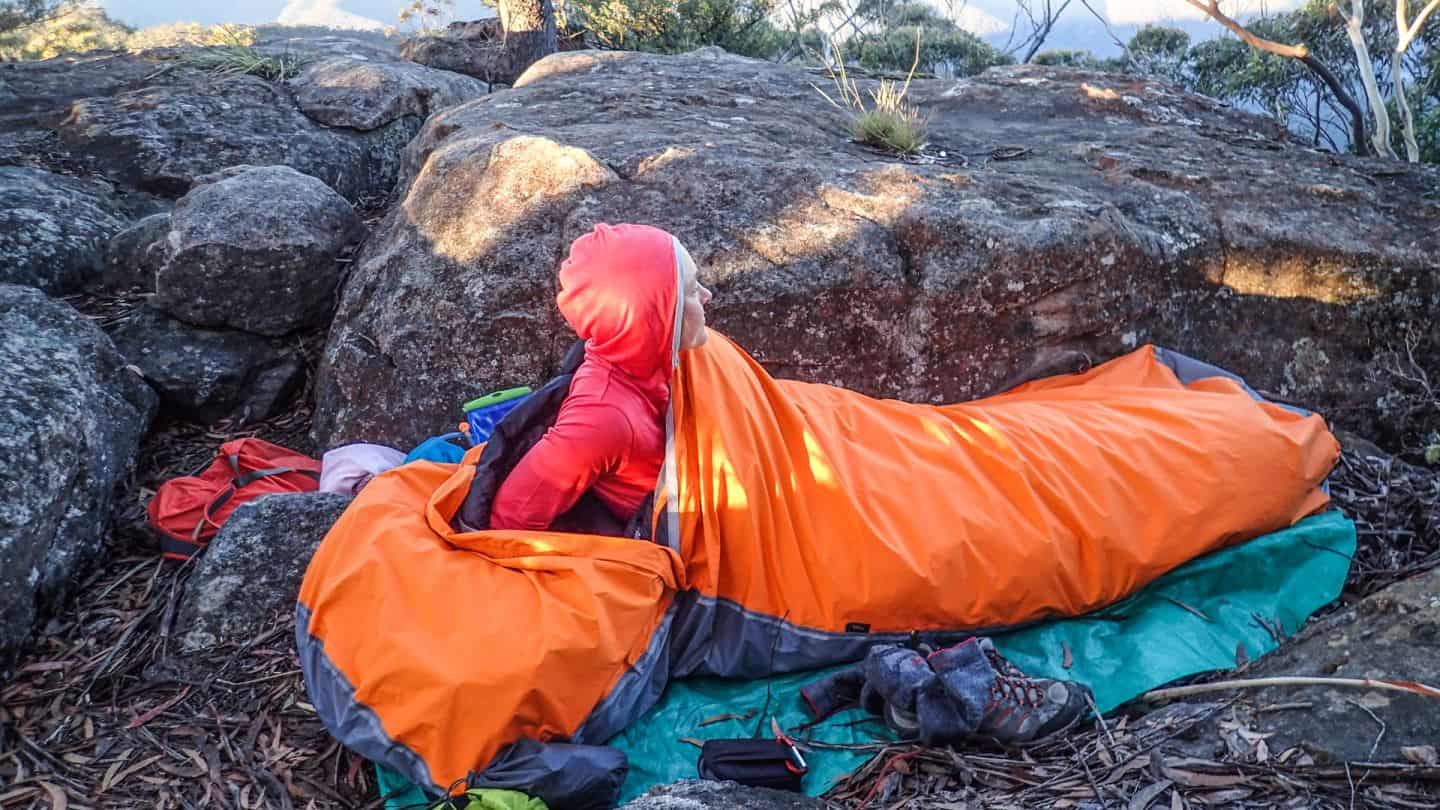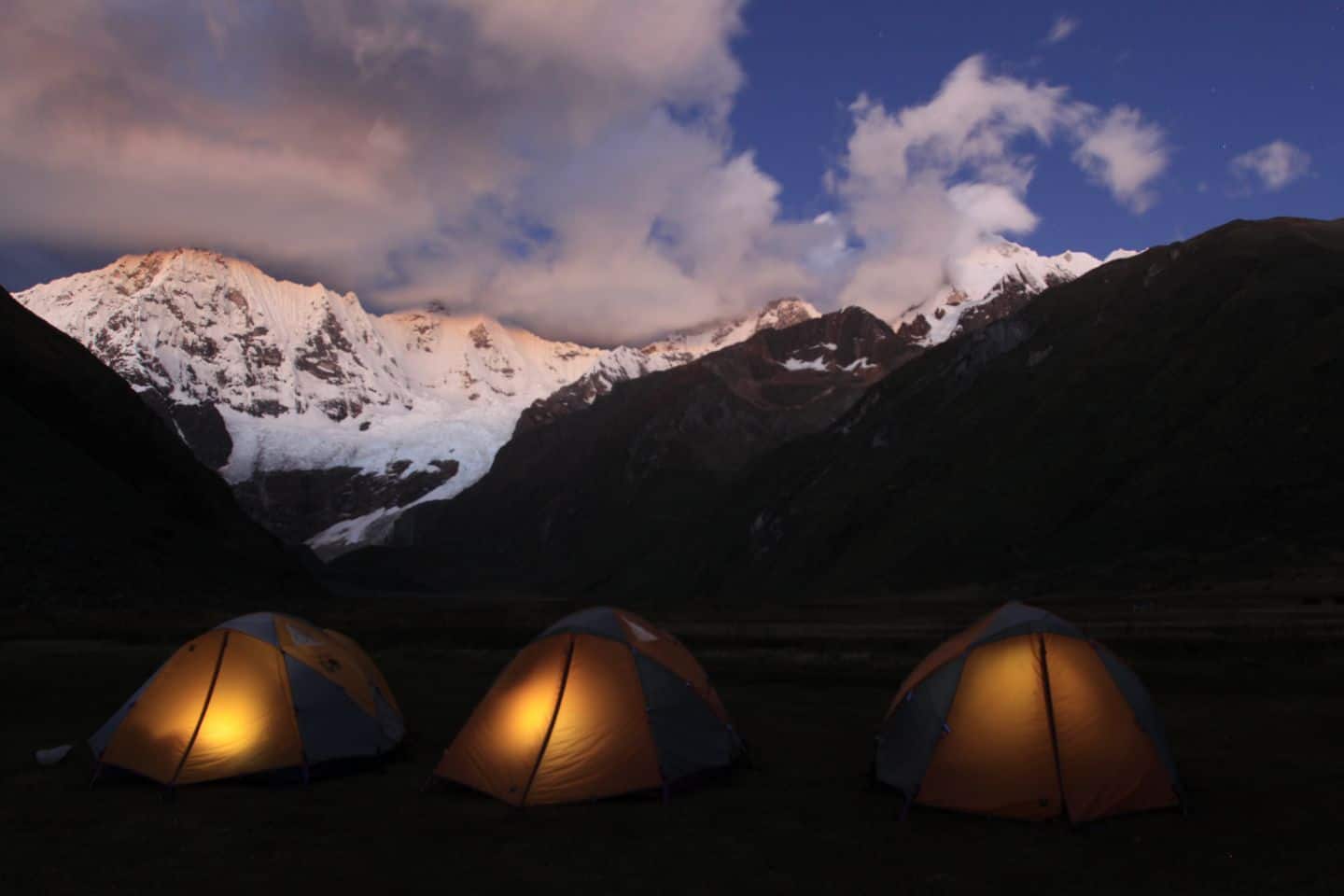With summer racing towards us in Australia and the springtime sexual exploits of snakes making their presence known as they emerge from their winter snooze, it’s a perfect time to talk about gaiters. In particular, how to choose the right pair of gaiters for hiking, bushwalking and general outdoor adventure.
Are gaiters essential?
If you were to ask me if gaiters are an essential, a luxury or a paranoid accessory, I would definitely answer an essential, especially when walking in the Aussie bush in summer or in other areas where snakes like to hang out.
Like some 1980’s Flashdance throwback to leg-warmers, these velcro sealed, protective swathes of tough fabric are guaranteed to set off your outfit in a way that Jane Fonda and Jennifer Beals never quite managed.
The most important thing to ask when choosing a pair of gaiters, is what do you want from your gaiters? In what conditions do you want them to perform? And what tasks will they be doing?
5 reasons gaiters are a good idea
- Protection from snakes, scrub, bumps and scratches = Tough
- Protection from muddy, wet and snow conditions = Waterproof
- Protection from seeds (eg. spinifex, Cobblers Pegs) from getting into your socks = Light
- Protection from grit (sand and seeds) = Ankle Gaiters
- Protection from ticks (special fabrics that are tick averse)
As with most things in the outdoor gear space, you can find specific products tailored to each of these needs, however if you’re on a budget I recommend narrowing it down and just choosing one type, for whichever is the most important of these uses to you. For me, that means protection from snakes and scratches when moving through the scrub and when I’m not paying attention on tracks.
The key differences between each type is the fabric and amount of durability or toughness that each has.
What are gaiters?
Generally speaking, gaiters are made up of fabric that wraps around your lower leg, beneath the knee, closing into a full tube with velcro and/or press snaps. They also often have a hook at the front to keep it attached to the laces of your shoes or boots. Additional elements may be tightening and adjusting straps to hold it firmly to your leg and a strap that goes under your shoe.
In their very simplest form, you can even make your own by up-cycling an old pair of denim jeans and sewing in a hem at the top to include a tie mechanism or elastic. Obviously, the amount of protection from these may be limited, but they’re sure to stop some scratches and seeds on a budget, not to mention get you some fashion shout-outs down the main street.
The 5 different types of gaiters
Tough Gaiters (Snake Protection)
For these types of gaiters, look for fabrics like canvas or a heavy nylon 420D+ (eg. Cordura). As about 80% of snake bites happen below the knees, buy gaiters that go as high to the knee as possible. As you’ll most likely be wearing these in the hotter months, when snakes are at their most active, look out for breathable fabrics to reduce the sweat factor. I don’t recommend plastic coated lined gaiters (often the cheaper ones) for these conditions as you’ll likely find yourself sweatier than a viking in a Scandiwegian sweat lodge.
I only own one pair and use Macpac – Torlesse. I also recommend Sea to Summit – Quagmire Gaiters.
Waterproof Gaiters (Snow, mud, water)
If the south west of Tassie, the Western Arthurs or any of the NZ Great walks is where you plan on spending a bunch of time, then you’d better get used to mud and moisture! This style of gaiter is designed to keep moisture out of your boots and clothes, by building a protective waterproof layer. They also add some degrees of temp, so can help with keeping you warm (although that’s not their usual selling point.) If this is what you’re after you might like: Sea to Summit – canvas Quagmire Gaiters.
Rogaining Gaiters (padding)
If you’ve got a penchant for slimline design and body hugging padded goodness, then you might be interested in these. For those of us who spend time pushing through thick scrub, scrambling over log-jams in steeplechase style adventure racing or rogaining (often at night), we tend to find our shins take a beating. That’s where rogaining-style gaiters can come in handy. The key difference is the added padding layer to the front of the gaiter and streamlined design. The downside to these, is that with traditional hiking gaiters, the ‘air layer’ between the gaiter and your trouser leg and skin, is another tricky thing for any snakes to get through. See Aussie company Moxie Gear.
Ankle Gaiters (seeds and grit)
These are popular with trail-runners and help keep grit and seeds (like those dastardly cobblers pegs or spinifex) out of your socks, leaving you more time to concentrate on your trail and breathing. Obviously, they offer no leg protection in terms of snakes or scratches, so are best suited to well formed and wide trails, with good visibility for critters. There seems to be a good range of colourful and fun designs out there and generally come in a stretchy, lycra type fabric. Check out Aussie made Trail Gaiters and I can also recommend the more technical Salomon High Trail Gaiters.
Tick Gaiters (Tick protection)
Relatively new on the market and targeting the tick averse Lyme disease market (who knew, eh?), these are made of fabric that is tricky for the little blighters to move around on and are treated with a tasty permethrin cocktail. Check out: Lymeez (nb: sadly, they don’t ship to Australia)
In summary, I wear gaiters most of the time, especially in summer and especially when in the scrub or on overgrown tracks. They not only help protect me from the 2 fanged delights of any slithery Joe Blakes, they also help with bumps, scratches and my notoriously bruise prone legs. Oh and did I mention they make a great Christmas gift for any of your outdoorsy friends?!
Oh and here’s a quicktip… if you have gaiters that don’t have a hook to attach to your laces, simply use a holepunch and a small, cheap (non-climbing) carabiner to affix it to your shoe… like my friend Grace did in this photo!

